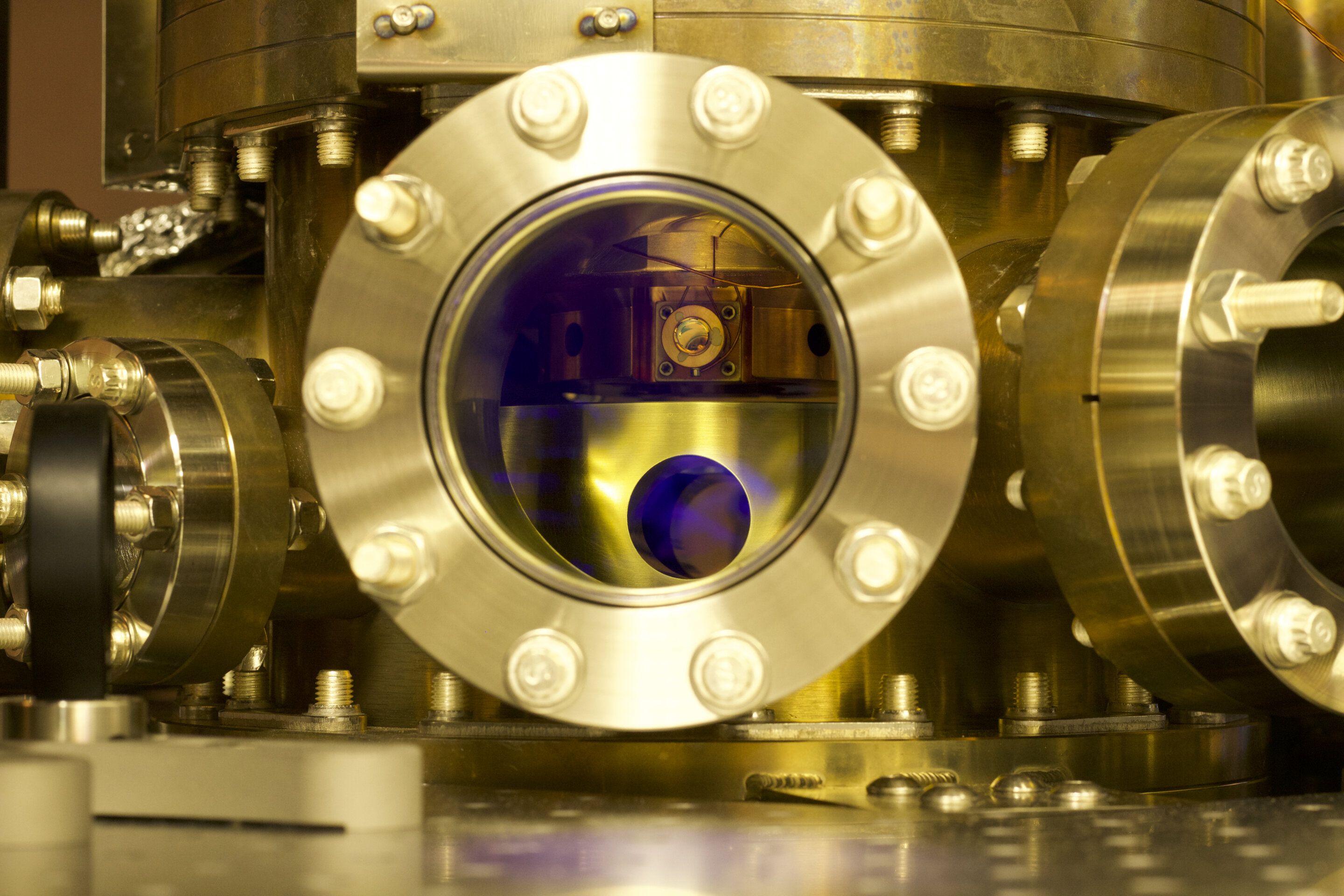Despite the precision of today’s best optical atomic clocks, they are still limited by quantum projection noise (QPN) caused by the spin statistics of the many atoms they interrogate. However, by utilizing the quantum nature of these systems, it is possible to entangle the atomic sample and bypass this QPN limit.
Researchers have now made the first direct observations of an optical-lattice clock operating below the classical QPN limit, with a measurement precision level of 10−17. Maya Miklos from JILA, a joint institute of the University of Colorado Boulder and the National Institute of Standards & Technology, will present this research at the Optica Quantum 2.0 Conference and Exhibition, which will take place as a hybrid event 18-22 June in Denver, Colorado.
“Improving the frequency stability of optical lattice clocks both advances a whole host of practical applications, and opens new doors to exploring fundamental physics. For example, GPS works by triangulating your position based on how long it takes to bounce signals off distant satellites; improved timekeeping directly translates into better knowledge of location,” explains researcher Maya Miklos, JILA.
“Right now, these best clocks all use large samples of non-interacting atoms—when we measure the quantum state of these atoms to extract information about the clock frequency, each atom is ‘projected’ into a discrete state, contributing so-called ‘quantum projection noise’ to frequency measurements.”
2023-06-15 21:00:04
Source from phys.org rnrn
